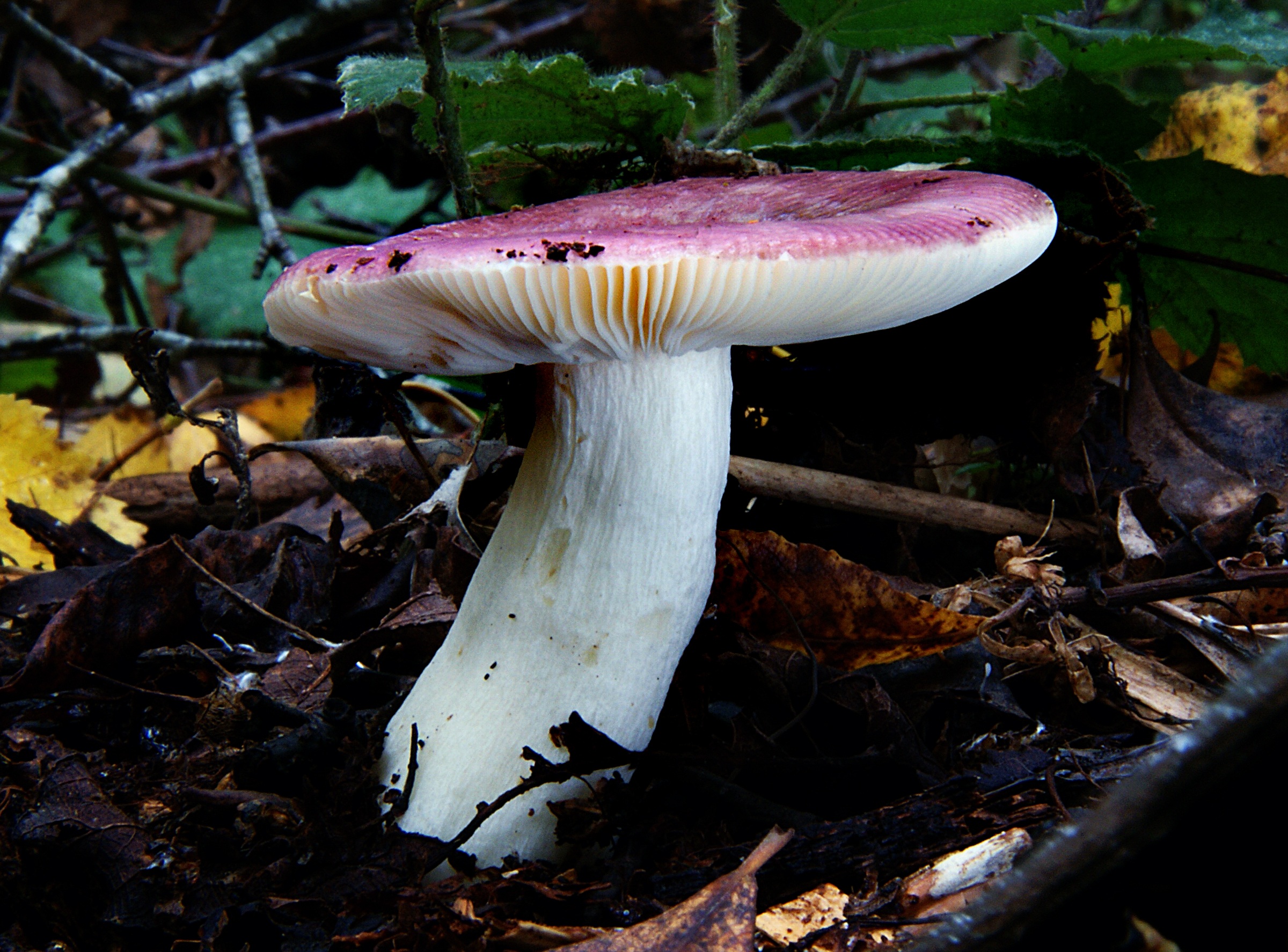
New analyses demonstrate that long-term nitrogen enrichment substantially changes the community composition of soil fungi in a temperate hardwood forest. The mix of fungal taxa that emerges appears to be better able to tolerate high nitrogen but less able to break down the lignin in organic matter, which contributes to an overall accumulation of soil carbon.
Using Harvard Forest’s 25+ year chronic nitrogen amendment study, researchers examined the impacts of nitrogen addition on functional and phylogenetic diversity. Results revealed a decrease in the relative abundance and diversity of ectomycorrhizal taxa (which dominate forest floors under “typical” nitrogen conditions) and a corresponding increase in saprotrophic ascomycetes, which specialize in decomposing dead plant tissue. One possible explanation: ectomycorrhizal fungi transport nitrogen to plant hosts in exchange for plant carbon; under high nitrogen conditions, plants are able to acquire enough nitrogen without assistance, so they direct carbon from photosynthesis to other activities. Observations of mounting soil organic matter in regions with long-term nitrogen deposition suggest that the effects may be at play across a wide variety of forest types.










